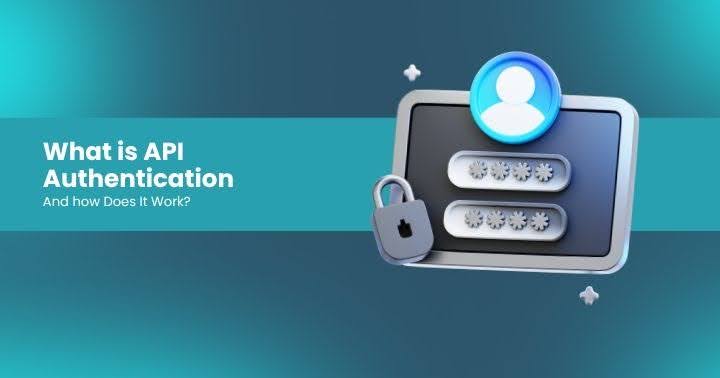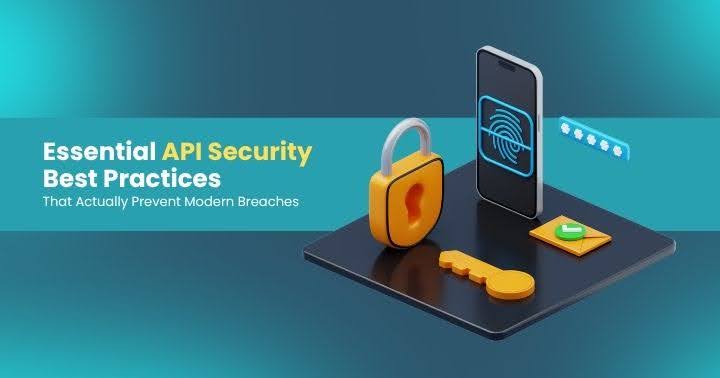Understanding Security by Design for APIs: Enhancing API Security
Today, we'll explore how API designs can expose vulnerabilities, what these vulnerabilities look like, how they can be exploited, and how we can leverage design for security. By using specifications as artifacts in our testing processes, we can identify and tackle vulnerabilities in APIs effectively.
.png)
Introduction to API Security by Design
To start, let's look at the current state of API security through the lens of security by design. This approach ensures that security is integrated into the API development process from the very beginning, rather than being an afterthought. By doing so, we can proactively address potential security issues.
What is API Security by Design?
API security by design involves identifying potential vulnerabilities during the design phase. For instance, let's consider a simple example where a design flaw could expose vulnerabilities. By examining this example, we can understand how automation tools can help scale the process of identifying and tackling vulnerabilities in our API designs.
The Problem with API Security
APIs are ubiquitous in modern development. Whether building new components, driving integrations between microservices, or enabling partnerships with other businesses, APIs are essential. However, this widespread use also means that most of the traffic, especially traffic accessing business logic, goes through APIs. Unfortunately, many APIs have vulnerabilities, leading to numerous data breaches. For example, a recent breach involving Dell exposed nearly 50 million user records, highlighting the critical nature of API security.
Why API Security is Challenging
API security is challenging because it's different from traditional web security. While frameworks like Ruby on Rails or Django offer built-in security features for websites, API frameworks do not provide the same level of built-in protection. This lack of inherent security requires developers to implement their own authentication, authorization, and validation mechanisms.
The OWASP API Security Top 10
Recognizing these challenges, the Open Worldwide Application Security Project (OWASP) created a specific API security top 10 list in 2019, updated in 2023. This list highlights the unique security concerns related to APIs.
Tools for Security by Design
Security by design involves incorporating security measures at every stage of the API development process. One way to do this is by using tools like Spectral, an API linter, which can scan API specifications for potential vulnerabilities. For instance, running Spectral against the API specifications of various organizations can reveal numerous potential issues, from unconstrained user input to excessive data exposure.
Example of Vulnerable API Design
Consider a common pagination pattern where users can specify the number of items per page. If this parameter is not constrained, it can be exploited by requesting an excessively large number of items, putting undue pressure on the database. Additionally, unbounded parameters can be used for SQL injection attacks or resource starvation, where large payloads exhaust system resources.
Tackling Vulnerabilities through Security by Design
To address these issues, it's essential to incorporate security into the design phase. This involves accurately documenting APIs, using tools like Spectral for design-time testing, and Schema Thesis for runtime testing. By ensuring that our documentation and implementation align, we can use these artifacts to drive security testing effectively.
Conclusion
Security by design is a proactive approach to API security. By incorporating security measures from the beginning and using automated tools for testing, we can significantly reduce the risk of vulnerabilities in our APIs. Accurate documentation and ongoing validation are crucial to maintaining robust API security. By shifting security left and making it an integral part of the development process, we can build more secure and resilient APIs.
If you're interested in learning more, you can find additional resources, including my books and courses, on my website. For those who want to dive deeper into API security, there is a one-time discount code for my latest book, "Secure APIs." Don't miss this opportunity to enhance your understanding of API security from a developer's perspective.
Latest Articles
Earn your APIsec University Certificate
Earn an APIsec University certificate and badge for completing any of our courses.
Post your badge on LinkedIn and share your accomplishments. You can even receive CPE credits for taking these courses.











